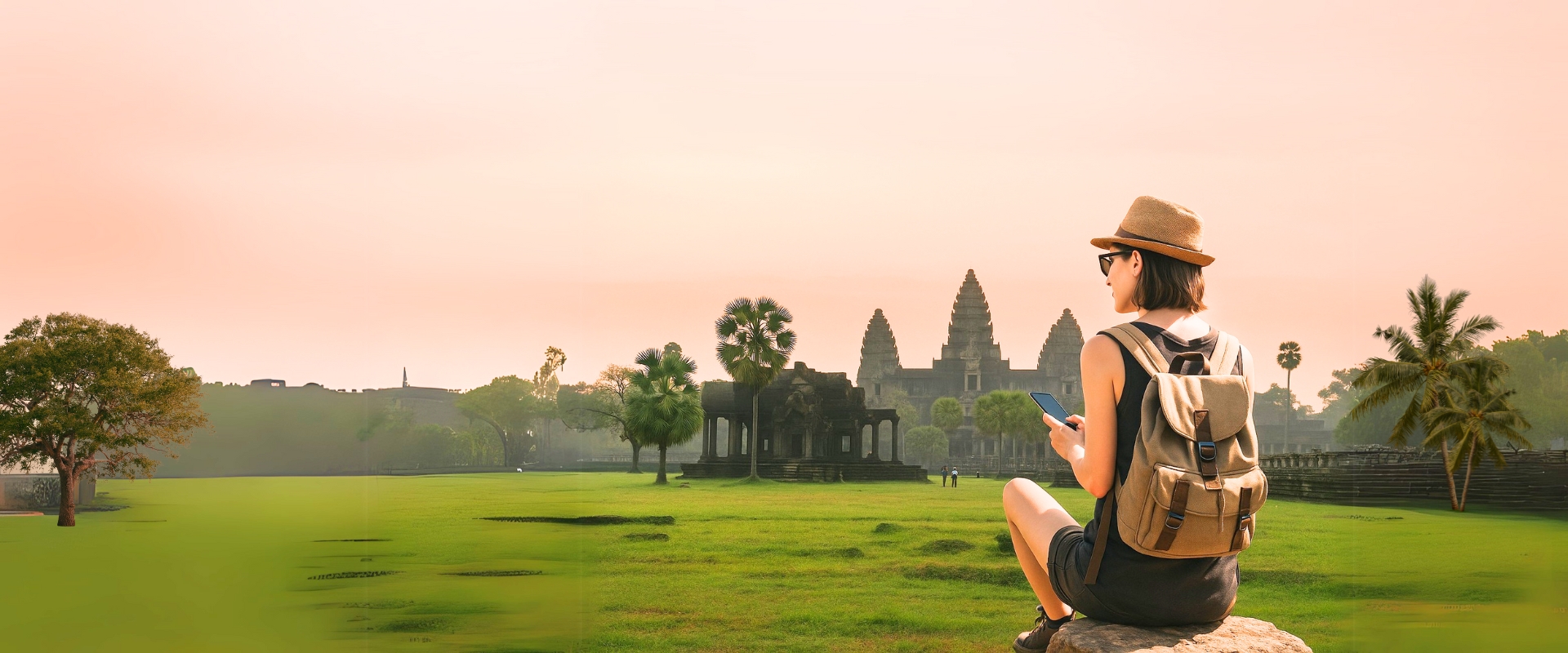1. Entry & Visa Essentials
- Visa Requirements: Most visitors need a visa, available as a 30-day tourist visa on arrival or via e Visa (approx. USD 30).
- Passport Validity: Must be valid for at least six months, with one blank page.
- e Arrival Card: Required for air travelers—submit within 7 days of arrival via the Cambodia e Arrival system.
2. Currency & Money Matters
- Currencies: The Cambodian Riel (KHR) is the official currency, but US dollars are widely accepted. Riels are mostly used for small change under $1.
- ATMs & Cards: ATMs dispensing USD and KHR are common in cities. Credit cards accepted at larger businesses, but rural markets often require cash.
3. Best Time to Visit & Climate
- Best travel months: Dry season (Nov–Feb)—cooler weather and less rain.
- Wet season (May–Oct)—Heavy rains and flooding possible; roads may be affected.
4. Health & Safety
- Vaccinations: Recommended for hepatitis A/B, typhoid, tetanus, and routine immunizations. Yellow fever vaccine required only if arriving from risk zones.
5. Cultural Etiquette
- Temple Dress Code: Shoulders and knees must be covered; shoes removed before entering sacred areas.
- Local Customs: Use the respectful “sampeah” greeting, show deference to elders, avoid public displays of affection, and address the monarchy with respect.
6. Transportation & Connectivity
- Local transport includes tuk-tuks, motorbikes, buses, and private cars. In cities, tuk-tuks are quick and affordable.
7. Must-Try Cuisine
- Don’t miss Amok (coconut curry), Lok Lak, and Kuy Teav (noodle soup). Stick to well-maintained street food stalls and bottled water for safety.
8. Top Destinations & Infrastructure Updates
- Explore iconic sites like Angkor Wat, Tonlé Sap, Phnom Penh, floating villages, and Cambodia’s untouched southern islands like Koh Rong.
- Significant infrastructure boost: Techo International Airport in Phnom Penh opening mid 2025; Siem Reap–Angkor International Airport already operational, enhancing travel accessibility.








